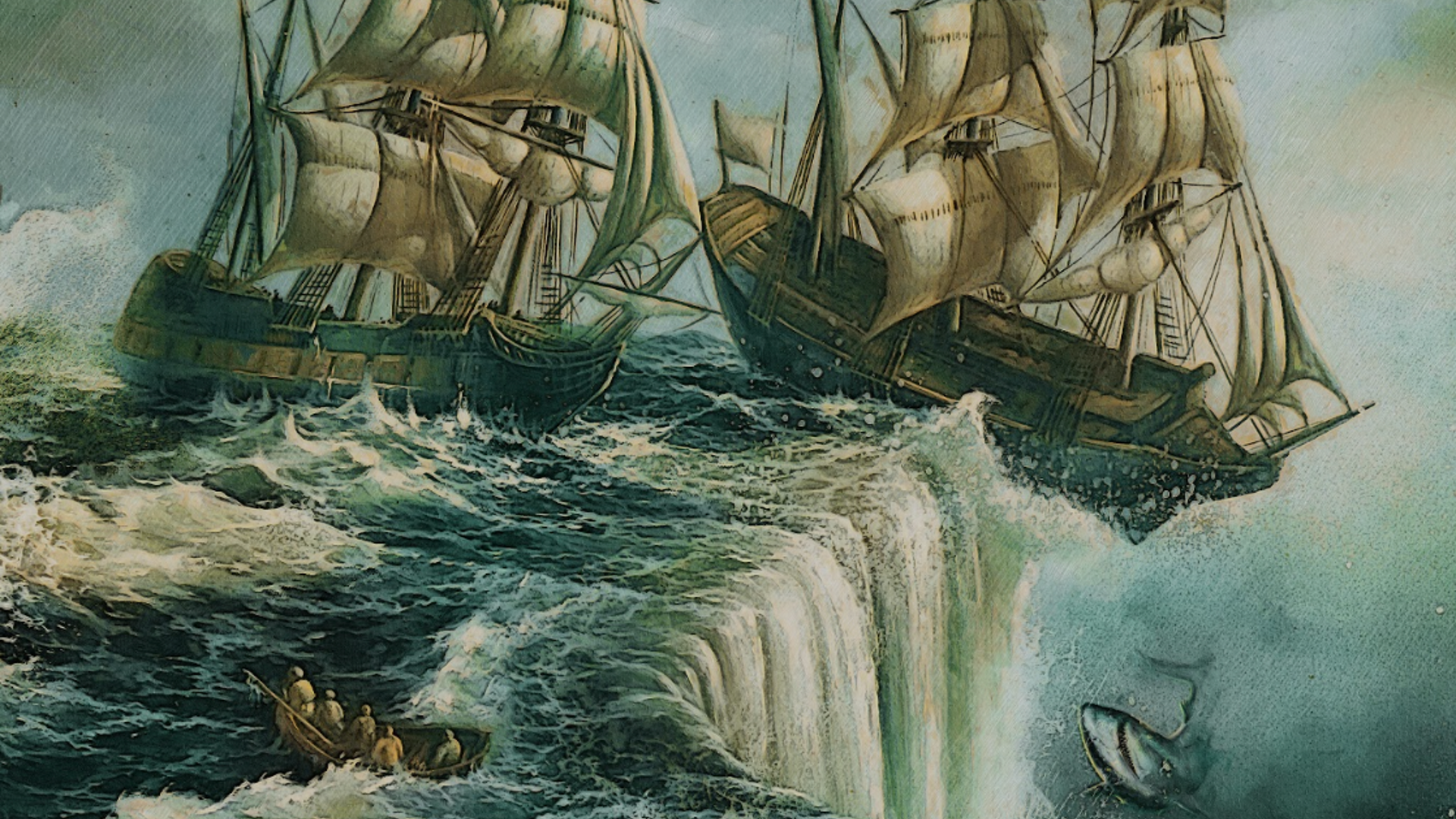We have a problem. Collectively, we need to dramatically reduce our carbon emissions over the next few years to stave off the worst climate change outcomes. While this demands sweeping changes to energy policy at national and international levels, for individuals and organizations, electrification of the world’s automotive fleets offers the most direct change. Electric … Read More “Don’t let the perfect be the enemy of the good: Plug-in Electric Hybrids are better than you think” »
Category: Popular Culture
The former President’s recent bizarre rant about sharks has gone viral on social media, but this is just the latest in a long and weird saga. These tweets are real. Did you know their backstory? July 2007: Donald Trump meets with adult film star Stormy Daniels, inviting her to his hotel room. Upon arrival, he … Read More “Donald Trump and Sharks: An Annotated Timeline” »
The ocean is a gigantic places absolutely chock full of weirdos. Oliver touched on quite a few points I’ve made over the year, including the fact that deep-sea mining is absolutely not inevitable and that new battery chemistries could dramatically reduce the demand for these critical minerals over the next decade. Read more about deep-sea … Read More “John Oliver covers Deep-sea Mining on Last Week Tonight” »
On Monday, the venerable, Beyoncé-endorsed seafood chain declared bankruptcy. Red Lobster has been struggling for a while. It was sold to private equity firm Golden Gate Capital in 2014 for $2.1 billion and then bought out by the seafood supplier Thai Union in 2020. Thai Union is one of the world’s largest seafood conglomerates. Thai … Read More “You did not bankrupt Red Lobster by eating too many shrimp.” »
We’ve got a pair of great podcasts featuring the Southern Fried Science teams this week, starting with Angelo Villagomez on How to Protect the Ocean talking about marine protection, 30×30, and lessons learned from a lifetime protecting the ocean. Longtime friend of the blog, Beth Pike, also joins in. If you want to take a … Read More ““When you fail, you learn” and Live at AwesomeCon 2024!” »
Centuries of exclusion have resulted in a tangible human diversity deficit, where the diversity of oceanographers does not represent the global diversity of people impacted by ocean processes. Let’s explore the history of ocean science to understand how it ties into and influences the lack of diversity, equity, and inclusion (DEI) in modern day oceanography. … Read More “Oceanography’s Diversity Deficit” »
I recently got an incredible opportunity to do some public science engagement. My friends’ daughter, who absolutely loves sharks, was turning 5 and having friends over for a shark (and pirate, and octonauts) themed birthday party. And she wanted to know if I would be willing to attend and answer the kids’ questions about sharks. … Read More “I was the entertainment at a 5th birthday party: A new favorite science communication gig” »
It finally happened. Three years after Chris Parsons and friends announced their podcast on this very blog, I have joined the Cephalosquad (I actually joined almost a year ago, but we have A Backlog). Meet Patches Tenderfoot, a rabbitfolk necromancer who believes that if he delves deep enough into the arcane arts, he can de-extinct … Read More “Want to join the Cephalosquad? Fight the Kraken!? Listen to a D&D Podcast!?!? Start here!” »
A new Broadway show based on the making of Jaws, co-written by and starring Robert Shaw’s son, is some of the most fun I’ve had at the theater in years. Wearing my finest elasmo-swag to the theater “Jaws” changed the world, with scientific, cultural, and political impacts that continue to this day. Jaws made the … Read More ““The Shark is Broken” is a Broadway-loving shark scientist’s dream come true” »
Summer 2023 marks an important cultural milestone. That’s right, it has now been ten years since the release of SharkNado, which became a full-blown franchise with six movies, tens of millions in ad revenue and merchandise sales, real-world references in the floor of Congress, and near-universal awareness- all things that are otherwise unheard of for … Read More “Oh Hell No: Ten Years of SharkNado” »








